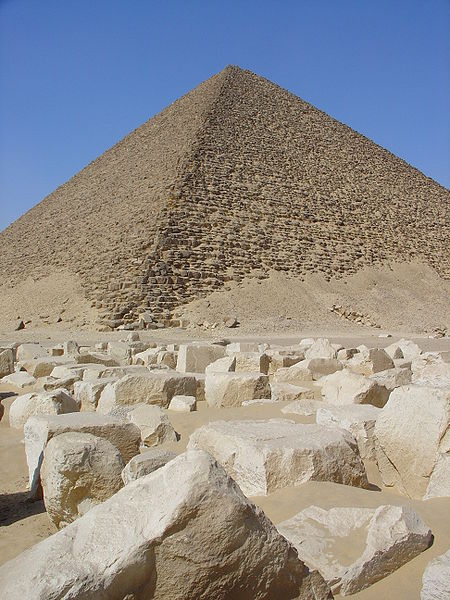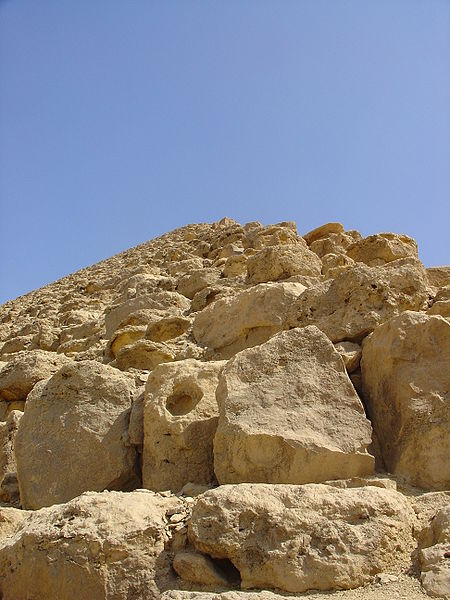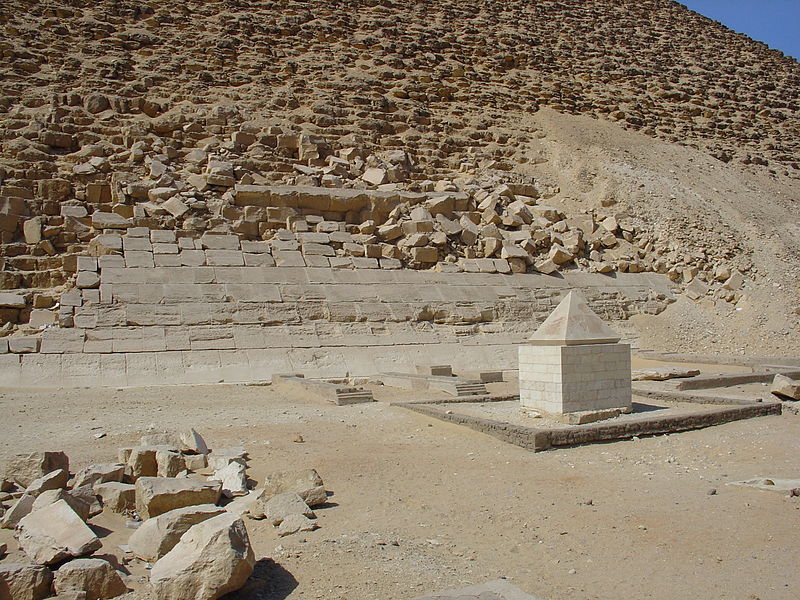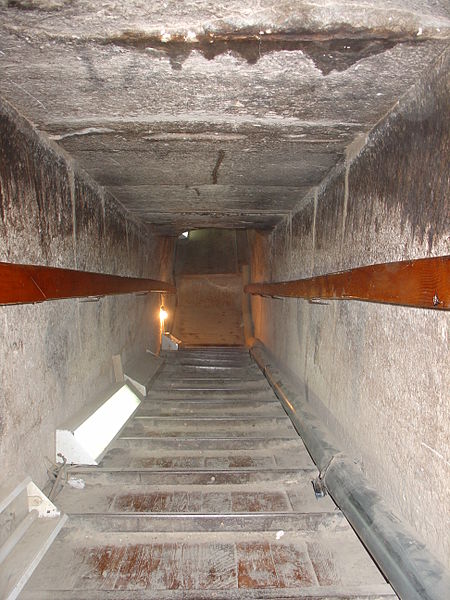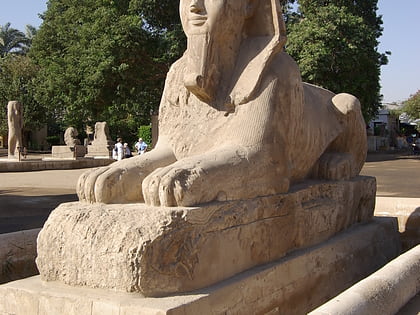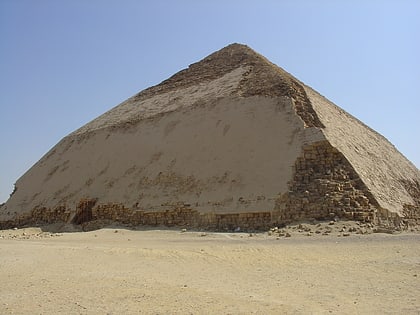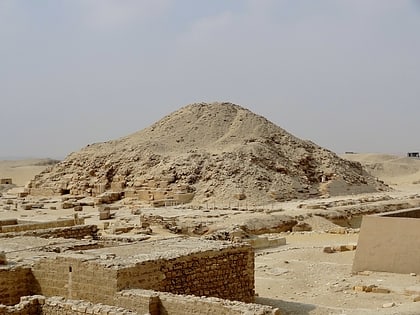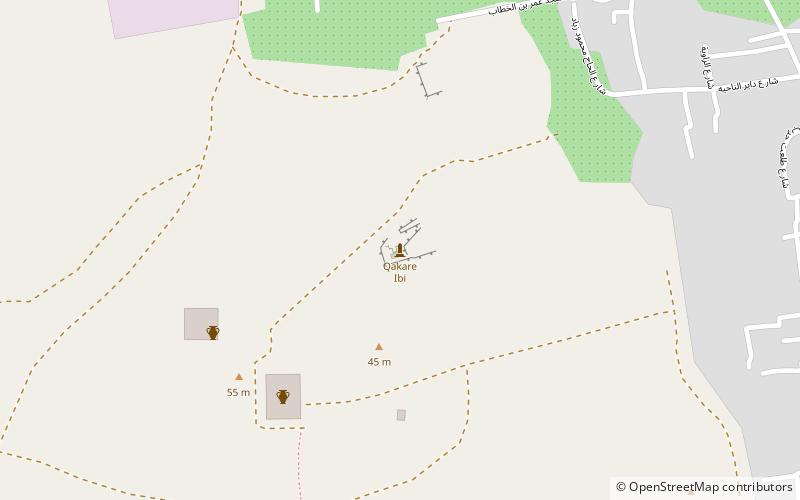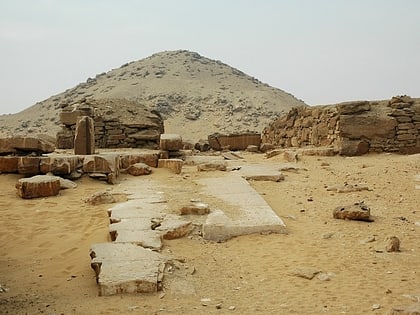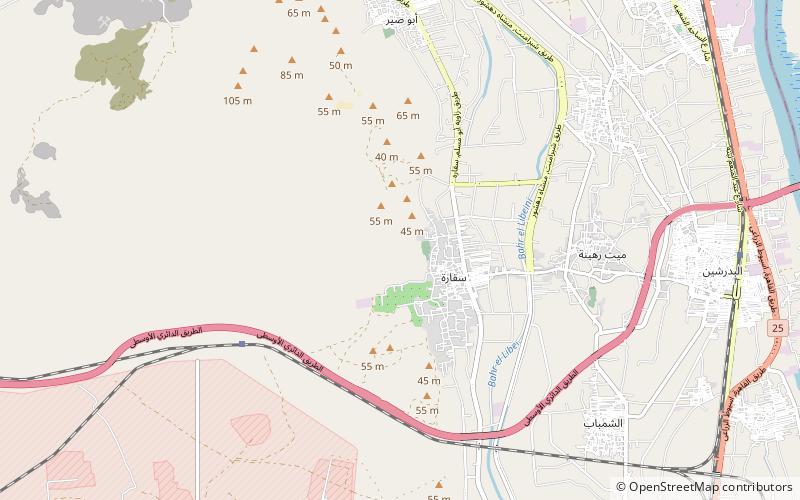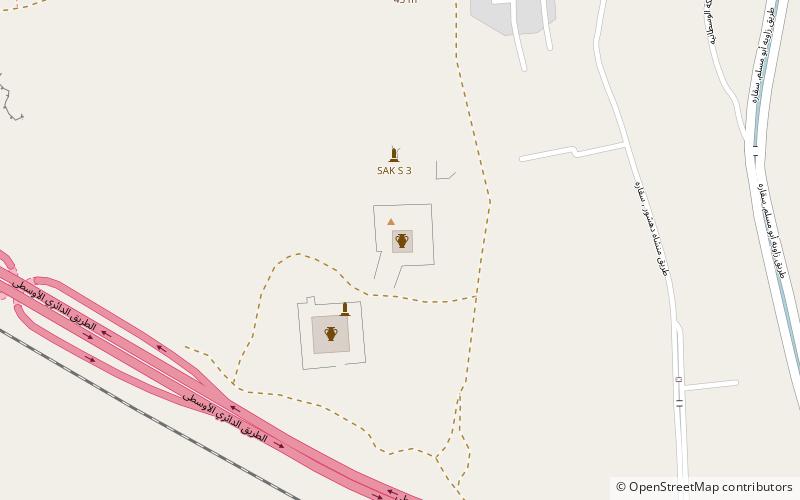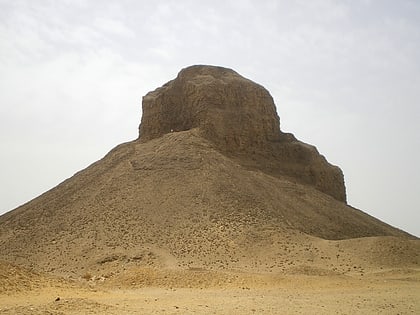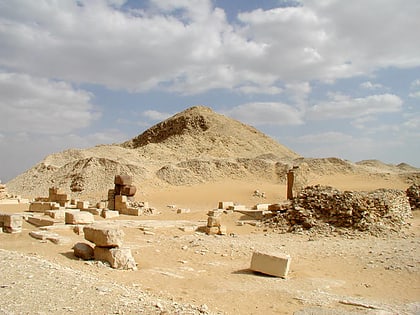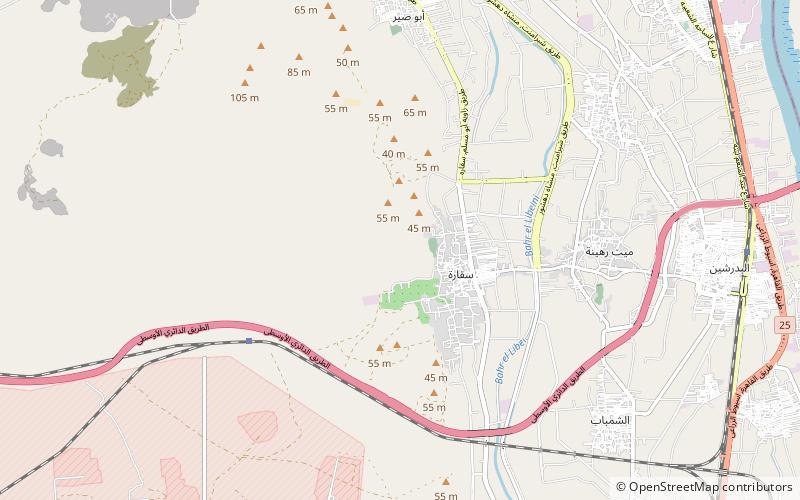Red Pyramid
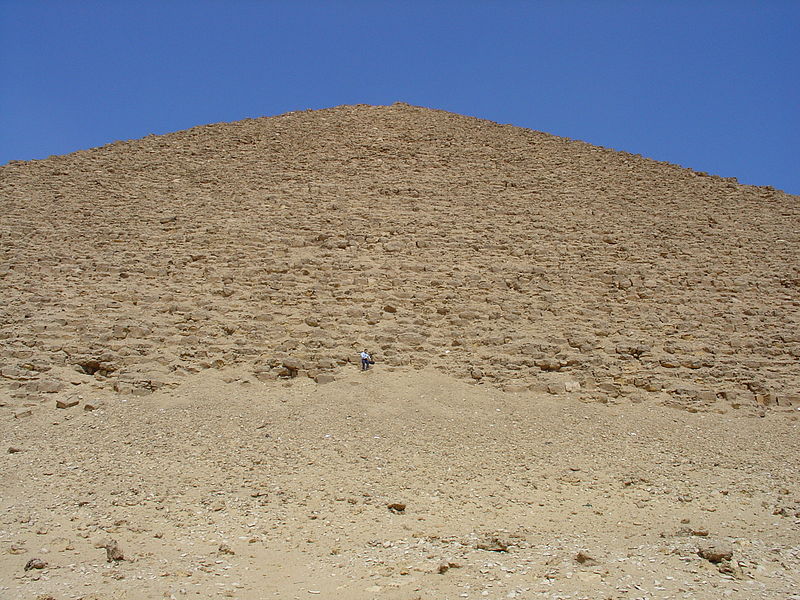
Facts and practical information
The Red Pyramid, standing tall in the Dahshur necropolis of Egypt, is a testament to the architectural prowess of the ancient Egyptians. Named for the reddish hue of its limestone, it was built during the reign of Pharaoh Sneferu, around 2600 BC. The Red Pyramid is recognized as Egypt's first successful attempt at constructing a true, smooth-sided pyramid, marking a significant evolution from the earlier stepped designs.
Measuring 105 meters in height, the Red Pyramid was the tallest man-made structure in the world for over a millennium. Its base covers an area of 220 by 220 meters, and it boasts a relatively shallow 43-degree angle, which contributes to its stability and grandeur. Visitors can enter the pyramid through a high northern entrance, descending down a 200-foot-long passage to reach the burial chamber, which once housed the pharaoh's sarcophagus.
As the third-largest pyramid in Egypt, after the Great Pyramid of Khufu and the Pyramid of Khafre at Giza, the Red Pyramid is an integral part of Egypt's rich historical landscape. It stands as a silent witness to the ingenuity of ancient civilization and continues to draw the curiosity of archaeologists and tourists alike. Despite the wear of time, the Red Pyramid remains a formidable structure, encapsulating the ambition and skill of its ancient builders.
Al-Haram DahshurCairo 11511 Al Jizah
Red Pyramid – popular in the area (distance from the attraction)
Nearby attractions include: Sphinx of Memphis, Bent Pyramid, Pyramid of Unas, Qakare Ibi.


